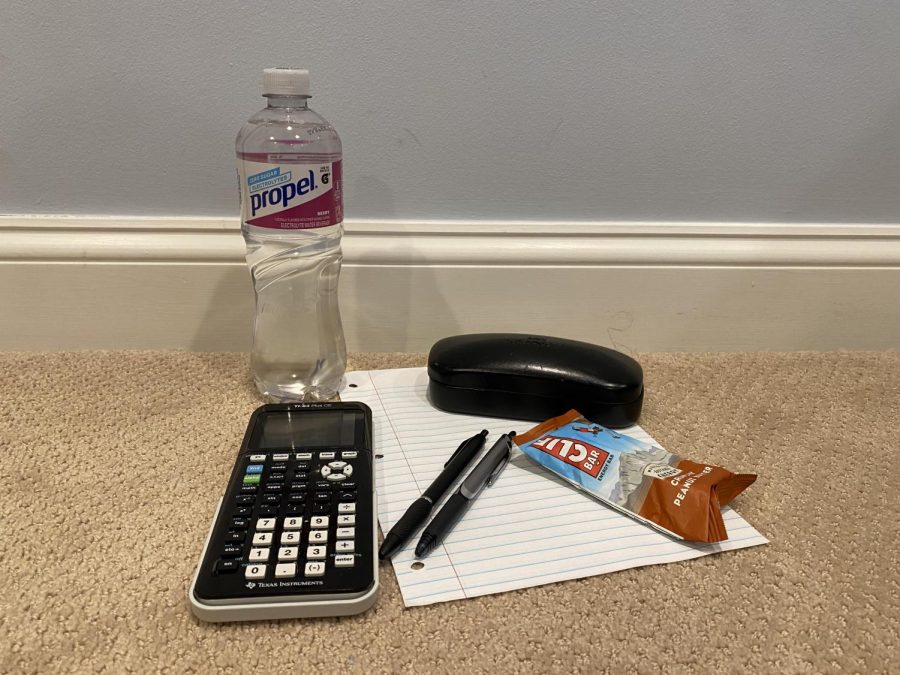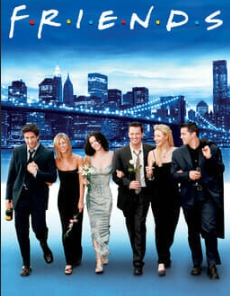What is the result of combining five cans of beer and four cups of coffee? The answer is simple: a can of Four Loko.
The alcoholic and energy drink Four Loko, created by Phusion Products Inc. of Chicago, is an extremely popular drink at many colleges and high schools. Despite this, it has been met with health concerns by doctors and public officials.
“People are being misled into thinking that the alcohol component is not as significant as it is,” said Lauren Post, an emergency department physician at Inova Fairfax hospital. “Unfortunately, many high school and college-age kids are enticed by the ads and are finding ways of getting it.”
According to an Oct. 25 Associated Press article, nine students at the Central Washington University in Washington State were hospitalized after drinking Four Loko. The students’ blood-alcohol levels measured up to 0.35 percent.
The alcoholic drink contains as much caffeine as four cups of coffee, as well as an alcohol content of 12 percent. This combination causes people to consume more alcohol than they normally would because the caffeine makes them stay awake longer. However, sophomore David* does not think it has any worse effects than other alcoholic beverages.
“It makes for a good night and always ends up in a good dance party,” David said.
Its recreational benefits however, do not compensate for the dangers it poses.
“People aren’t feeling the usual effects of drinking, and think they are okay to drive and do other things,” Post said. “After the effects of the energy part wear off, you are left with the consequences of a much higher blood alcohol level.”
According to a Nov. 17 Washington Post article, over a year ago the FDA warned Phusion that they were going to investigate the safety and quality of Four Loko. The drink was banned in Maryland Nov. 17.
According to sophomore Jennifer*, the effects of Four Loko are stronger than alcohol because it also contains caffeine, so it makes binge drinkers consume more alcohol to feel more intoxicated.
“My main problem with Four Loko is that it was marketed as an energy drink,” sophomore Jose Lamas said. “I think this was misleading as Four Loko’s combination of caffeine and alcohol probably hurts you more than it helps you, because [the] two drugs could possibly be dangerous.”
However, many underage drinkers have taken a liking to Four Loko, despite the potential dangers it poses and disagree with the decision to ban it.
“[Four Loko] tastes better than regular alcohol since it’s a flavored energy drink,” Jennifer said. “I will probably find a way to purchase Four Loko because I prefer it over liquor.”
With many students drinking Four Loko, several colleges are seeking ways to prevent further consumption of the drink.
“I think Four Loko was banned because the risks of mixing caffeine and alcohol were serious,” Lamas said. “It likely caused serious health issues and had many unintended side effects.”
According to a letter sent out by the George Washington University police department and the Center for Alcohol and other Drug Education (CADE) at GWU, they encourage their students to avoid or limit the use of drinks like Four Loko and advise their friends to do the same thing.
“It is illegal for anyone under 21, but for adult drinkers, it is important to understand how this compares to usual drinks,” Post said. “Be aware of how much you are drinking, eat with the drinks and have a designated driver.”
*Students’ names were changed to protect their identities.
-
Winston Churchill High School52Walter Johnson64Feb 17 / Boys Basketball
-
Winston Churchill High School47Walter Johnson42Feb 17 / Girls Basketball
-
Winston Churchill High School57BCC70Feb 14 / Boys Basketball
-
Winston Churchill High School41BCC56Feb 14 / Girls Basketball
-
Winston Churchill High School40Quince Orchard30Feb 9 / Wrestling
-
Winston Churchill High School65Whitman76Feb 6 / Boys Basketball
-
Winston Churchill High School41Whitman63Feb 6 / Girls Basketball
-
Winston Churchill High School34Wootton40Feb 5 / Girls Basketball
-
Winston Churchill High School22Damascus48Feb 5 / Wrestling
-
Winston Churchill High School55Wootton64Feb 3 / Boys Basketball
Mixed Dangers: Combination of alcohol and caffeine in drink raises blood content levels and health concerns
By By Emma Crutchfield
Spencer Levy
Staff Writers
December 22, 2010
Story continues below advertisement
Leave a Comment
More to Discover













